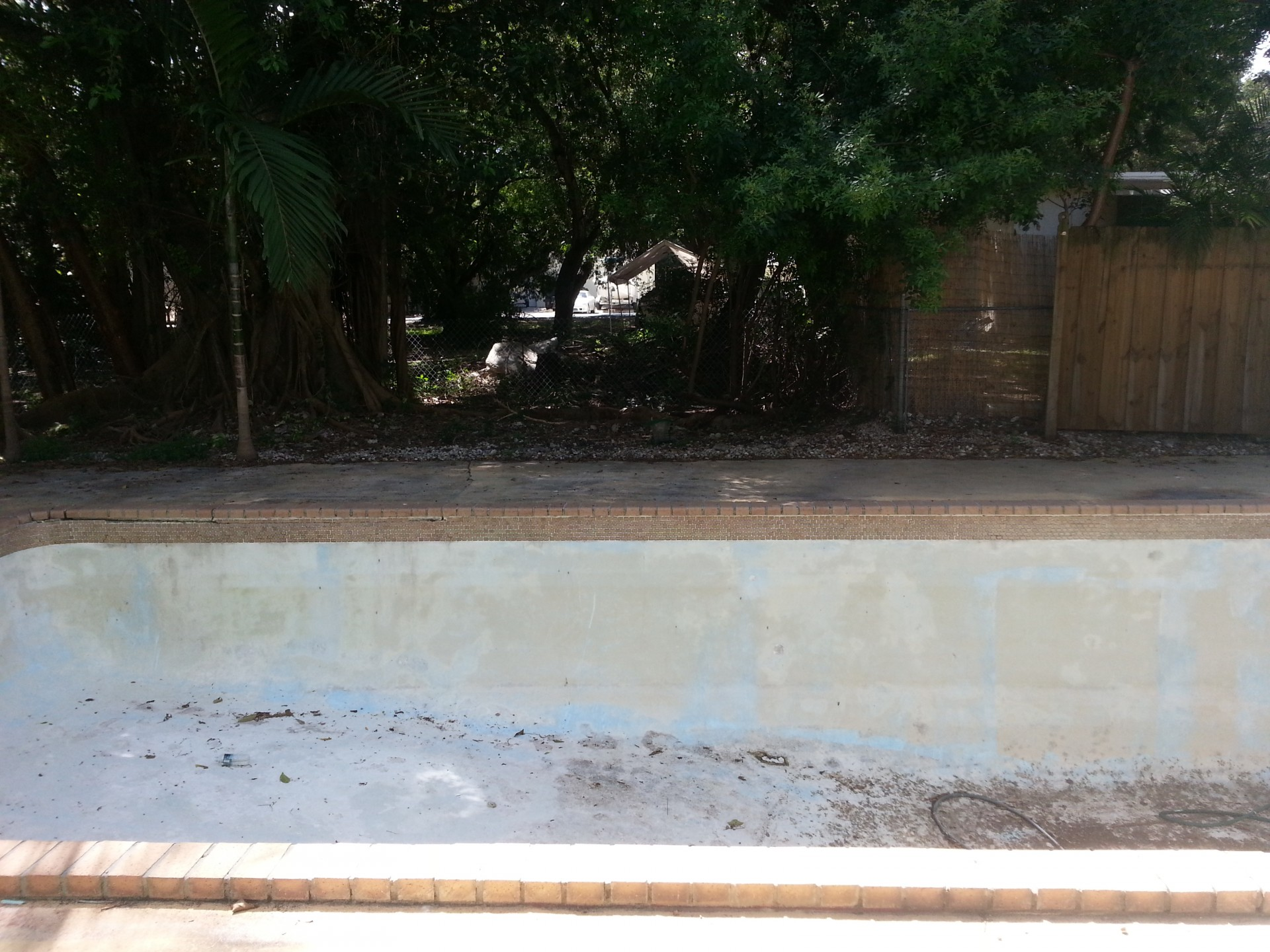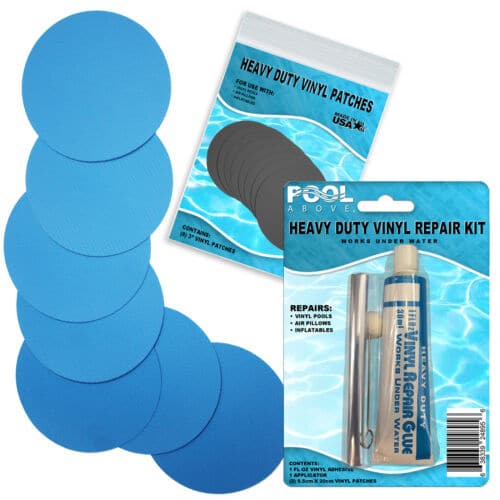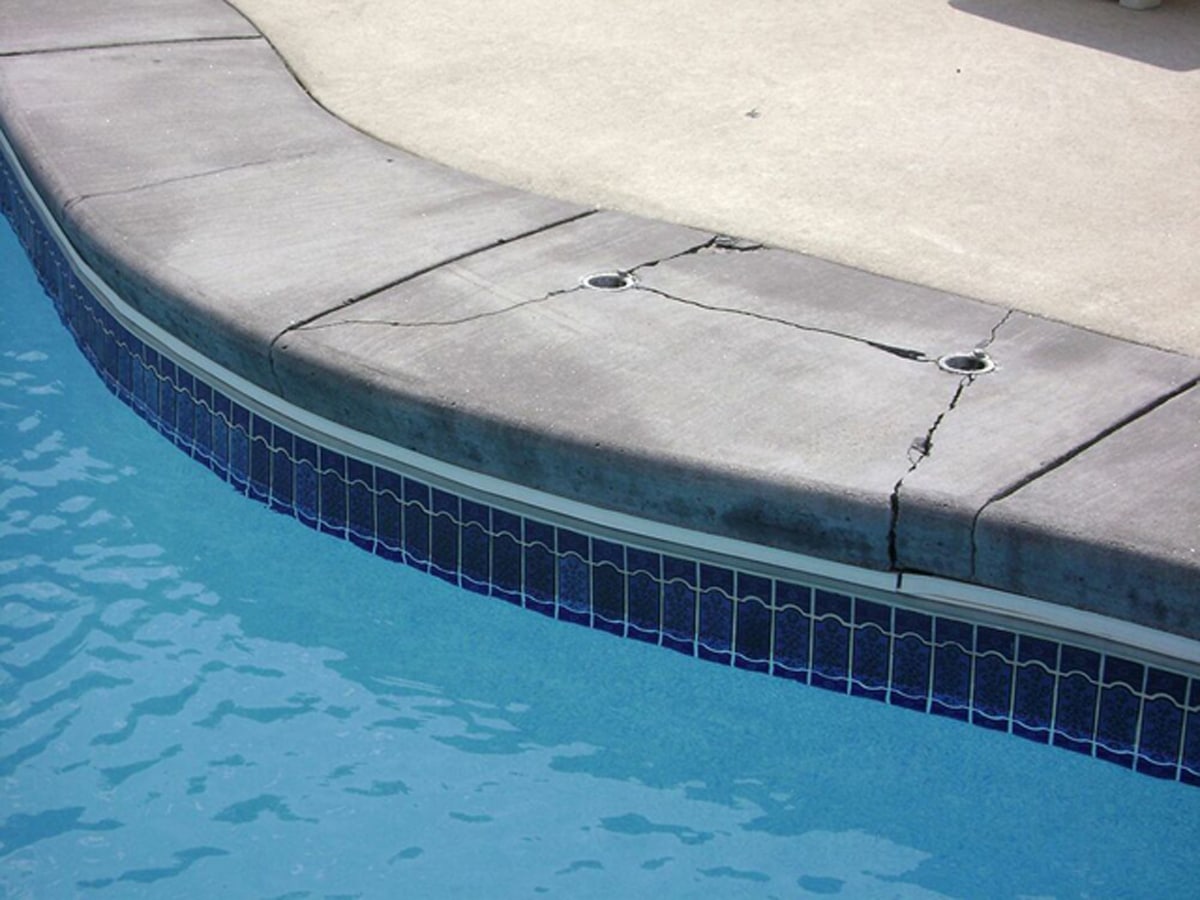Are cracks in your swimming pool causing you worry? Recognizing these concerns, we’ve got your back! Swimming pool cracks, if left unchecked, can escalate into major issues costing you both time and money.
Let’s break it down into simpler terms. Pools, be it inground concrete or a budget-friendly plastic variant, are susceptible to different types of cracks. These range from surface cracks – a common aftermath of shrinkage – to structural cracks, often the result of poor construction or increased hydrostatic pressure. Each of these cracks carries its own set of problems if not managed promptly.
In this article, we’re diving deep into the world of pool cracks. We’re handing you a comprehensive guide to understand, identify, and repair these pesky nuisances. Learn about preventive measures and the optimal use of repair kits or professional pool service providers.
By understanding the intricacies of pool cracks, you can enjoy a smoother, stress-free swimming experience. So, let’s dive in together! Here’s to keeping your pool crack-free and maintenance costs low, for a seamless summer swimming season.
Different types of cracks
Generally, you can find two types of cracks in an inground pool: surface cracks and structural cracks.
As a pool owner, it’s important to keep track of them. It could result in an expensive pool repair and a high water bill if not monitored.
Surface cracks
Surface cracks are shallow breaks in your swimming pool due to shrinkage. It is a typical result on your pool wall or floor when they cure underwater during a process.
These small cracks usually appear in small clusters on the pool’s wall or floor and can be easily identified by plaster flaking.
It’s unsightly, but you can easily repair it. If you can’t repair the crack immediately, it’s important to keep an eye on it, as it can develop into a big crack.
Structural cracks
Structural cracks are more extensive and can lead to a leaking pool if not repaired immediately.
It can be a large vertical or horizontal cut across your pool floor or wall.
These are normally caused by hydrostatic pressure, poor construction, or poorly compacted soil which can affect your inground pool.
While some factors are avoidable, environmental factors can also result in these damages.
These deep cracks usually require a pool service provider to prevent major structural damage to your swimming pool.
Different types of cracks in a concrete pool

Most pool owners would prefer a gunite or concrete pool for its durability and customization.
An average concrete swimming pool can last up to 40 years if maintained properly.
However, gunite pools can still develop cracks over time. The occasional acid wash can avoid these damages before filling your pool with fresh water.
Concrete pool repair usually requires hydraulic cement or concrete urethane to seal off the crack. While there are quick and cheap ways to do this, it’s always best to address the root of the problem to prevent further damage.
Here are the different cracks which are typically found in concrete pools.
Pool plaster cracks
Pool plaster cracks are found on the surface layer and can be easily patched up.It usually doesn’t result in leaking water as it doesn’t affect the pool shell.
However, if it gets too bad, fixing them would mean replastering the entire pool to fix the root of the problem.
Structural cracks
Structural concrete pool cracks result from bad construction and other environmental factors.
While some of it could be inevitable, proper construction can prevent any major destruction to your pool.
These would usually require a major crack repair using a plaster mix or similar materials, which need to get deep enough in the structure to fix the problem.
Different types of cracks in a plastic pool
Plastic or vinyl liner pools are the most affordable alternative for an inground pool. It’s usually made from versatile plastic, which can be molded.
Another alternative would be fiberglass pools. It means covering the pool shell with fiberglass cloth. These pools are not as malleable as your typical plastic pools, but they are the fastest to install.
Plastic pools can be easily repaired as well. However, simple patch ups are only temporary solutions for these kinds of pools.

Surface cracks
These are the simple swimming pool cracks and tears on the surface of your plastic pool.
You can easily repair most cracks on this surface by covering them. The process can be easily done using the different kits available in the market.
Our Pick: Pool Repair Patch Kit
Amazon Choice: Pool Above Heavy Duty Vinyl Repair Patch Kit for Inflatables Boat Raft Kayak Air Beds

Cracks on fiberglass layer
Minor cracks can develop on your fiberglass pool over time.
Anyone can easily repair their existing pool fiberglass with a fiberglass pool repair kit. It’s usually available in the market.
You may also need mixed polyester putty and a bond coat if you have a deeper crack repair.
Conclusion
Yes, you can repair pool cracks. There are different ways of doing so depending on the type of pool or crack.
Fixing cracks can be done using simple tools.
However, we highly encourage you to call professionals for more complex ones to maintain the pool’s structural integrity.
FAQ – Can a crack in a pool be repaired?
Here are the most asked questions about swimming pool crack repair and their quick answers.
Crack repair is fairly simple and filling cracks can be done by anyone. Most swimming pools only need to cover the area with major damage with loose material, bonding additive, or gel coat.
To fix a concrete pool crack, scrape up to an inch deep before you inject silicone or concrete. Make sure the concrete swimming pool is completely dry when doing this.
You can easily do this crack repair by using a vinyl patch kit and ear protection for when you go underwater. You can simply put vinyl glue onto the patch and place it on the cracked area without draining your pool water.
The national average range for a crack is $900 ( the cost can also vary depending on the materials used and the processes involved).
Not every pool crack is serious as some may be deeper or more severe compared to others. However, all cracks should be monitored, even if they are hairline cracks. These can easily develop depending on the external factors of the swimming pool.
This type of crack is much deeper than your normal surface crack. If your pool is constantly losing water or if your leak test comes back positive, then your pool has a structural crack.
The homeowner’s insurance policy usually covers pool cracks if it’s damaged by peril. However, some insurers require swimming pool owners to take steps to minimize risks.
Yes, these are normal in your swimming pool. It results from cement shrinking and flexing while supporting your pool structure.

Awesome and very informative guys! Keep posting more content like this.